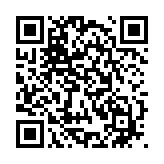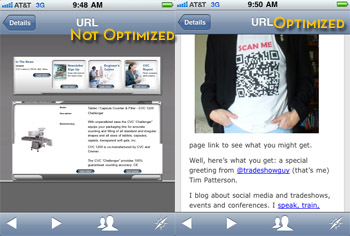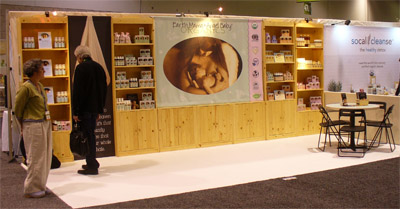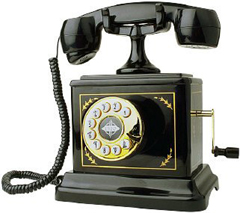Social Media is NEW! (No, it’s not…)
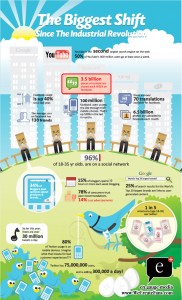
You’ve probably heard it a lot, and maybe even agree: Social media is NEW! It’s something that’s so brand-spanking new that it’s going to take you a lot of time and effort to figure it out! There are new tools, new toys, new ways of connecting. And since it’s NEW it’s gotta be confusing and confounding.
Nope, that’s not true. Social media has been around for quite awhile. Yes, some of the tools and toys are relatively new, but think about it: if you’ve been online for at least a decade you should be used to this stuff. I’ve been connecting with people online since before the Internet. You may remember a brief period of time in the early 90s – before the ‘net – when there were online community bulletin board systems (actually around from 1979 – 1995). These BBS’s would allow people to dial in to a central computer, share notes and programs. I remember having a conversation with a guy who introduced me to one of his BBS’s where he shared software. It would take two or three days to transfer a small software program from one computer to another via a dial-up connection.
But we were connected.
In fact, ‘instant chat’ was available as early as 1988, which was when IRC (internet relay chat) made its debut. It became a PC desktop feature with ICQ in 1996. Yes, we were sharing instant messages with smiley faces by the mid-90s.
Then came CompuServe, Prodigy and AOL (remember all those millions of CD’s you get in the mail hoping to get you to get on board with AOL?). And the web and email. Being from a radio background, my interest in those days was figuring out to share audio online. It wasn’t too tough, and shortly thereafter I was hosting (albeit briefly) a short comedy show online through a website I had figured out how to set up.
Yes, it was all pretty rudimentary in those days. But around 2004 podcasting came along and I jumped in with both feet.
Then around 2006 we all read about the new Web 2.0 where we’d all be interconnected. Except that we already were connected in so many ways.
Early in the decade lots of people were connecting using Friendster (founded 2002) and MySpace (2003).
Today with Facebook (2004), Twitter (2006), YouTube (2005) and LinkedIn (2003) generally regarded as the ‘big four’ of social networking, it’s not hard to realize that this stuff has been around for several years. And with our online connectivity reaching back a couple of decades, don’t believe anyone who says social media is “new” – it’s not.
What’s new is that the tentacles of social media are reaching further into small businesses, who are then trying to figure out how to implement these platforms into their marketing mix.
It takes some adjustment, admittedly. Often new people need to be brought on board, or current employees need to be re-purposed for some of their work day to ‘figure out’ how to use social media to reach their target market.
The good news is that there are unlimited resources available to help. If you’re the self-help type, you search blogs about social media marketing. If you’d rather hire consultants to teach you how to tie it all together, that’s appropriate as well. No matter how you approach it, there are myriad ways you can implement social media in your tradeshow or event marketing efforts.
But again – none of this is really new. If you think it is, you literally haven’t been paying attention. And you’re living in the past….around 1979.
If you still haven’t started using this “new” social media to reach your market, when do you plan to?
(image courtesy of Mentionablehonor and is used through Creative Commons)


